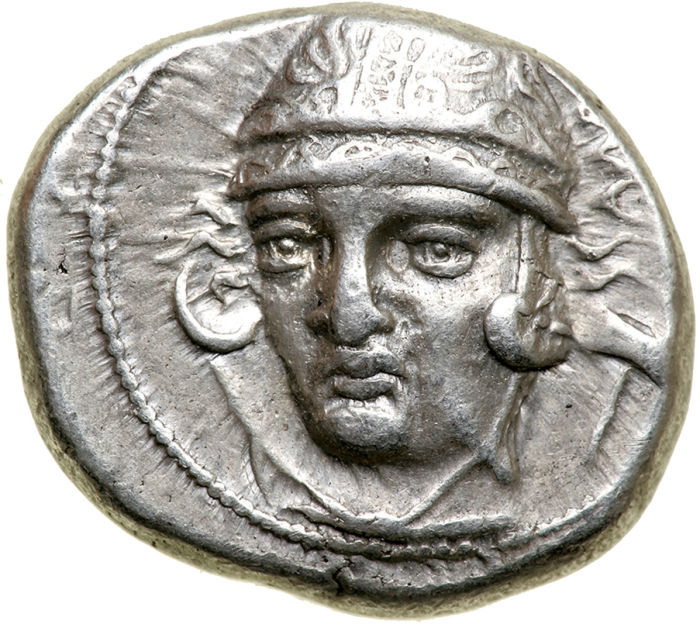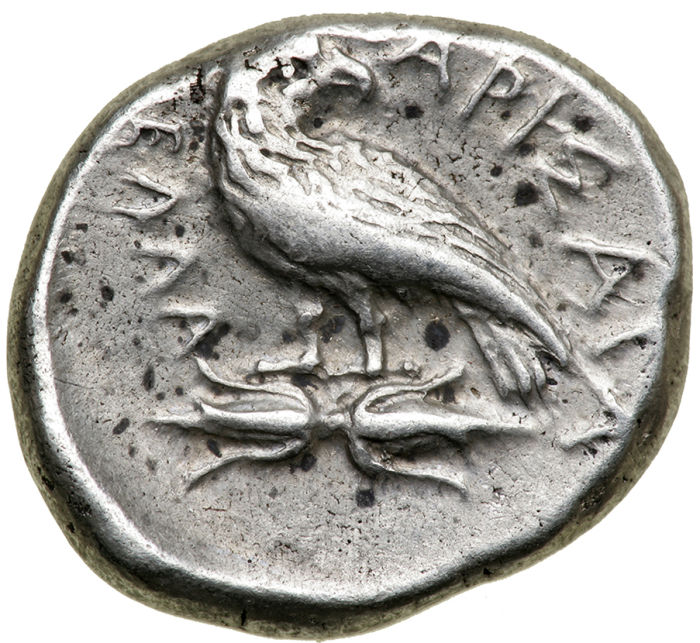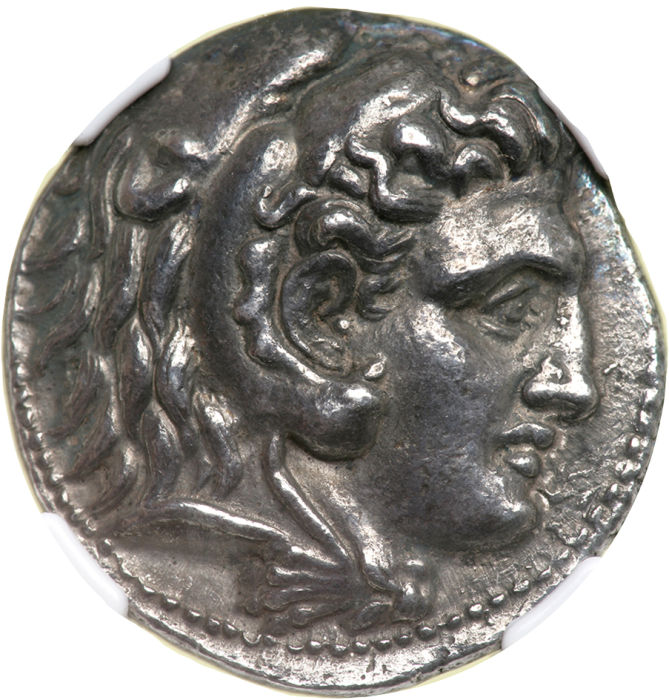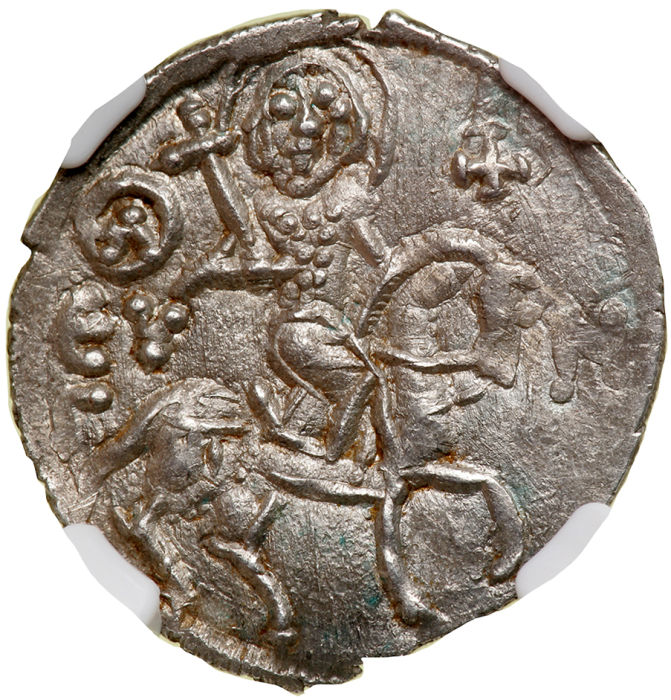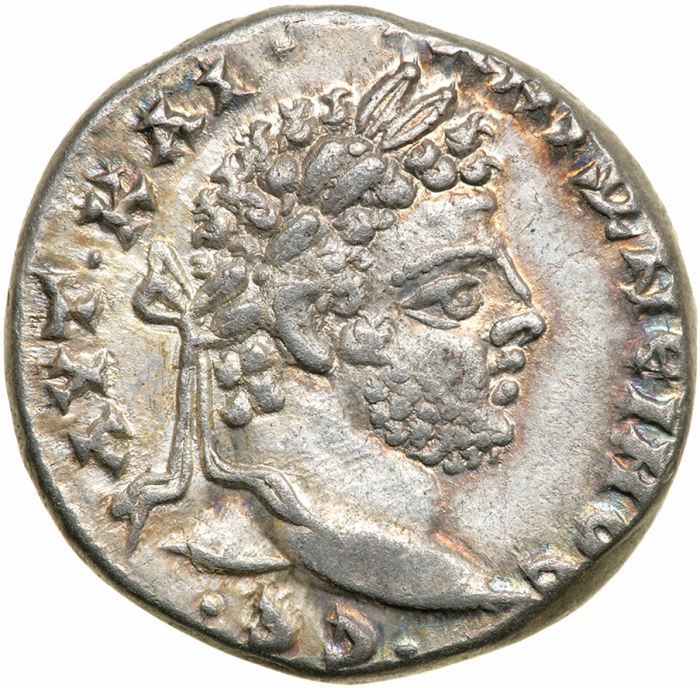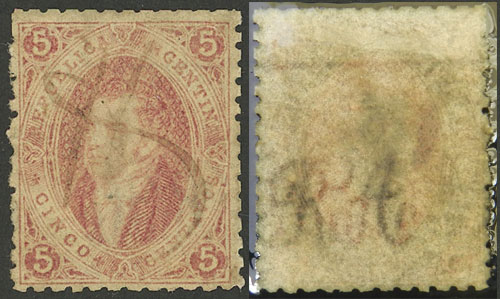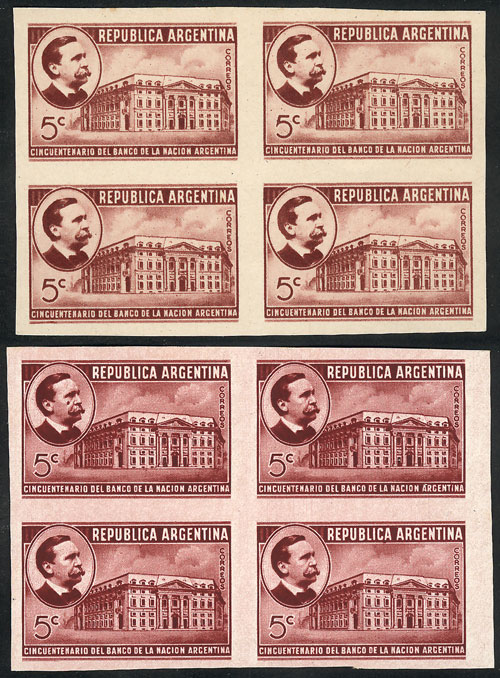By: Ira & Larry Goldberg Coins & Collectibles, Inc.
lot # 1516 - ancient greek coins
Thessaly, Larissa. Silver Drachm (6.1 g), ca. 370-360 BC. AΛ[EY] in small letters to right, head of Aleuas facing slightly left, wearing conical helmet; in right field, labrys. Reverse: [Λ]APIΣAIA, eagle standing left on thunderbolt, head turned to right; in left field in smaller letters, EΛΛA. Lorber 94 (same dies); BCD Thessaly II 185 (same dies). Choice Very Fine.
All known examples of this enigmatic coin type share the same dies, which indicates a specific reason for its issue. However, scholarly opinion is divided as to its purpose. Seeing a contraction of the name Hellokrates in the legend in the left field of the reverse, Seltman proposed that the depiction of Aleuas, the eponymous founder of Larissa's ruling house, the Aleuadae, promoted the claim of Hellokrates against Alexander of Pherai in 361 BC. A different interpretation was earlier proposed by M. Sordi, "La drachma di Aleuas e l'origine di un tipo monetario di Alessandro Magno," Annali 3 (1956), where he saw in the eagle reverse a connection to the eagle coinage of Alexander the Great (cf. Price pl. CXLIII), who upon his accession to the Macedonian Kingdom also became tagos of Thessaly. In the opinion of this cataloguer, weight should be given to Seltman's interpretation as the reverse design more closely resembles the very rare bronze coins of Philotas (see U. Wartenberg. "Philotas? A New Coinage from Macedonia," Essays Hersh, pp. 13-7), who was a tribal chieftain or king in the region of southern Macedon / northern Thessaly during the second quarter of the fourth century, and whose son, Parmenion, was a close confidant and general of Philip II of Macedon. Estimated Value $1,500 - 1,750
Ira & Larry Goldberg Auctioneers
Ira and Larry Goldberg are experts in the Numismatic field with over 50 years of experience. In 2010, they were each awarded a Lifetime Achievement for their contributions to the Numismatic... Read More
Send Email to Ira & Larry Goldberg Coins & Collectibles, Inc. Or Visit WebSite

